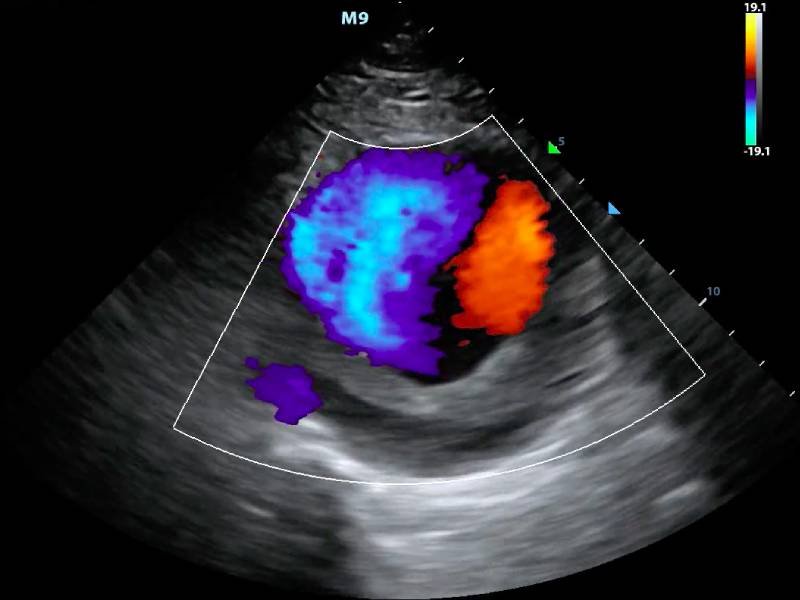Colour Doppler

Types of Colour Doppler Ultrasound
There are several types of Colour Doppler exams, depending on the body part being evaluated:
Arterial Doppler – Checks blood flow in arteries (commonly in the legs, arms, or neck)
Venous Doppler – Assesses blood flow in veins, often used to detect deep vein thrombosis (DVT)
Carotid Doppler – Examines the carotid arteries in the neck for blockages or narrowing
Renal Doppler – Evaluates blood flow in the kidneys
Obstetric Doppler – Monitors blood flow in the umbilical cord, placenta, and fetus during pregnancy
What are some common uses of the procedure?
Colour Doppler is commonly used to:
Detect blood clots or deep vein thrombosis (DVT)
Identify blocked or narrowed arteries
Monitor blood flow to organs and tissues
Evaluate varicose veins
Assess circulation in the fetus and placenta during pregnancy
Check for arterial narrowing after surgery or stenting
Examine blood flow in transplanted organs
How do I prepare for my Colour Doppler?
In most cases, no special preparation is needed. For certain exams like abdominal or renal Doppler, you may be asked to fast for 6–8 hours before the test. Wear comfortable, loose-fitting clothes and avoid wearing jewelry over the area being examined. Our team will provide specific instructions when you book your appointment.
What will happen during my Colour Doppler?
During the exam:
You will lie comfortably on an exam table.
A warm gel will be applied to your skin over the area being examined.
The sonographer will gently move a handheld device (transducer) over the area.
You may hear a “whooshing” sound as the device detects blood flow.
The test typically lasts 20–45 minutes, depending on the area being scanned.
The procedure is completely painless, non-invasive, and does not use any radiation.
What are the reasons for a Colour Doppler?
Doctors may recommend a Colour Doppler if you have:
Swelling, pain, or tenderness in your legs
Suspected blood clots or varicose veins
Stroke symptoms or carotid artery disease
Poor circulation or leg ulcers
Pregnancy complications
Abnormal kidney function
Follow-up after vascular surgery or stenting
